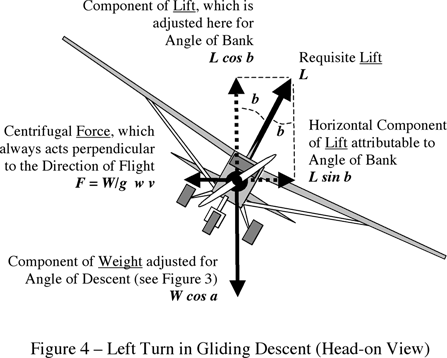OneNineHundy
Well-Known Member
Hi there, I am shortly going to be doing my instructor rating. I am stuck on compiling a brief on the principles involved in a steep gliding turn.
Should I start off by explaining the forces in a level steep turn and then go onto the steep gliding turn? Obviously since the aircraft is descending lift must be less than weight, how would you draw these forces. And since the aircraft is descending do you still require an increase in lift? I think yes because to create the centripetal force you need to incline the increased lift vector, however since you are descending the vertical component of lift is less than weight?
If you could possible give an explanation on how you would deliver the brief, explain the principles, or possibly give a link to a website that might explain it. All the briefs I have seen I don't believe are any good, and the explanations I have received I dont really understand.
Thanks in advance.
Should I start off by explaining the forces in a level steep turn and then go onto the steep gliding turn? Obviously since the aircraft is descending lift must be less than weight, how would you draw these forces. And since the aircraft is descending do you still require an increase in lift? I think yes because to create the centripetal force you need to incline the increased lift vector, however since you are descending the vertical component of lift is less than weight?
If you could possible give an explanation on how you would deliver the brief, explain the principles, or possibly give a link to a website that might explain it. All the briefs I have seen I don't believe are any good, and the explanations I have received I dont really understand.
Thanks in advance.

